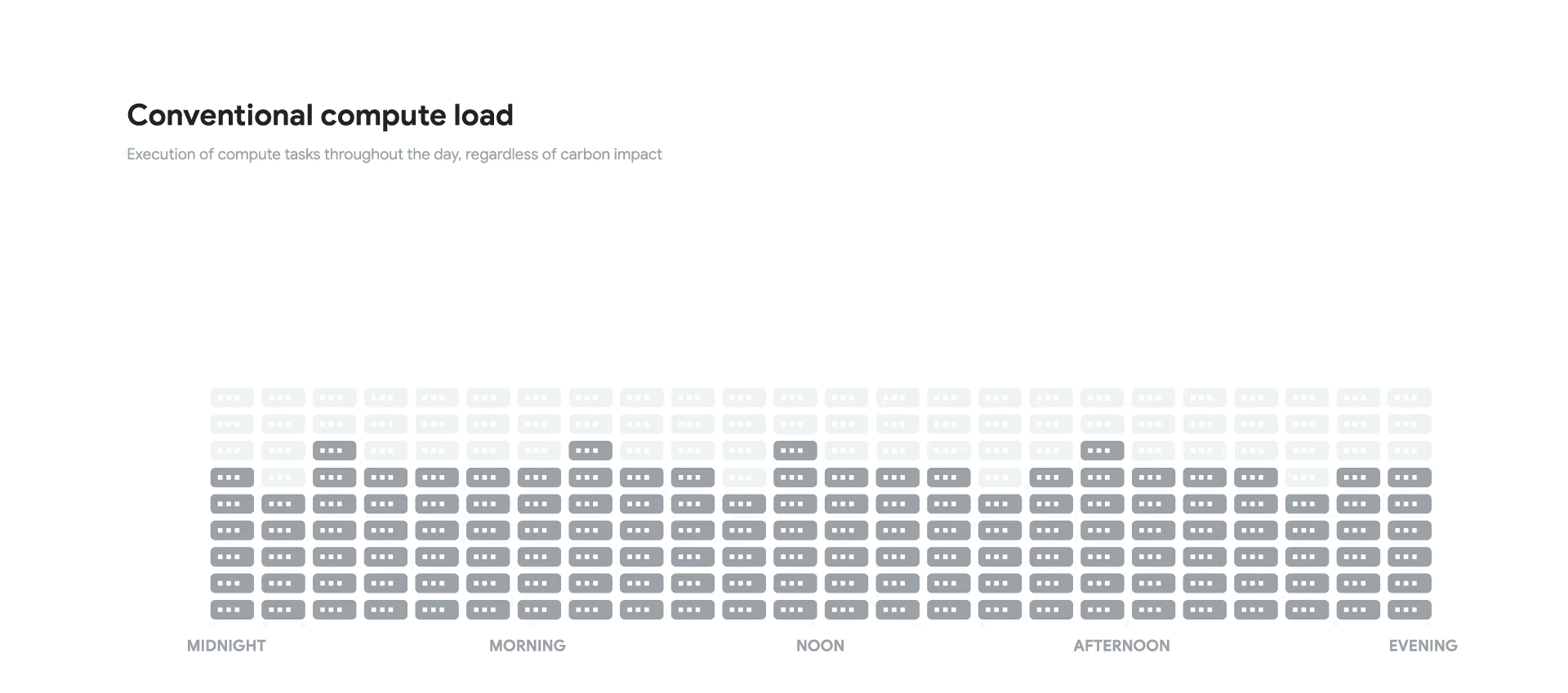Google’s data centers run 24/7 and suck up a ton of energy — so it’s in both the company’s and the planet’s interest to make them do so as efficiently as possible. One new method has the facilities keeping an eye on the weather so they know when the best times are to switch to solar and wind energy.
The trouble with renewables is that they’re not consistent, like the output of a power plant. Of course it isn’t simply that when the wind dies down, wind energy is suddenly ten times as expensive or not available — but there are all kinds of exchanges and energy economies that fluctuate depending on what’s being put onto the grid and from where.
Google’s latest bid to make its data centers greener and more efficient is to predict those energy economies and schedule its endless data-crunching tasks around them.
It’s not that someone at Google looks up the actual weather for the next day and calculates how much solar energy will be contributed in a given region and when. Turns out there are people who can do that for you! In this case a firm called Tomorrow.
Weather patterns affect those energy economies, leading to times when the grid is mostly powered by carbon sources like coal, and other times when renewables are contributing their maximum.

This helpful visualization shows how it might work – shift peak loads to match times when green energy is most abundant.
What Google is doing is watching this schedule of carbon-heavy and renewable-heavy periods on the grid and shuffling things around on its end to take advantage of them. By stacking all its heavy compute tasks into time slots where the extra power they will draw is taken from mostly renewable energy sources, they can reduce their reliance on carbon-heavy power.
It only works if you have the kind of fluid and predictable digital work that Google has nurtured. When energy is expensive or dirty, the bare minimum of sending emails and serving YouTube videos is more than enough to keep its data centers busy. But when it’s cheap and green, compute-heavy tasks like training machine learning models or video transcoding can run wild.
This informed time-shifting is a smart and intuitive idea, though from Google’s post it’s not clear how effective it really is. Usually when the company announces some effort like this, it’s accompanied by estimates of how much energy is saved or efficiency gained. In the case of this time-shifting experiment, the company is uncharacteristically conservative:
“Results from our pilot suggest that by shifting compute jobs we can increase the amount of lower-carbon energy we consume.”
That’s a lot of hedging for something that sounds like a home run on paper. A full research paper is forthcoming, but I’ve asked Google for more information in the meantime; I’ll update this post if I hear back.
Source: Tech Crunch


